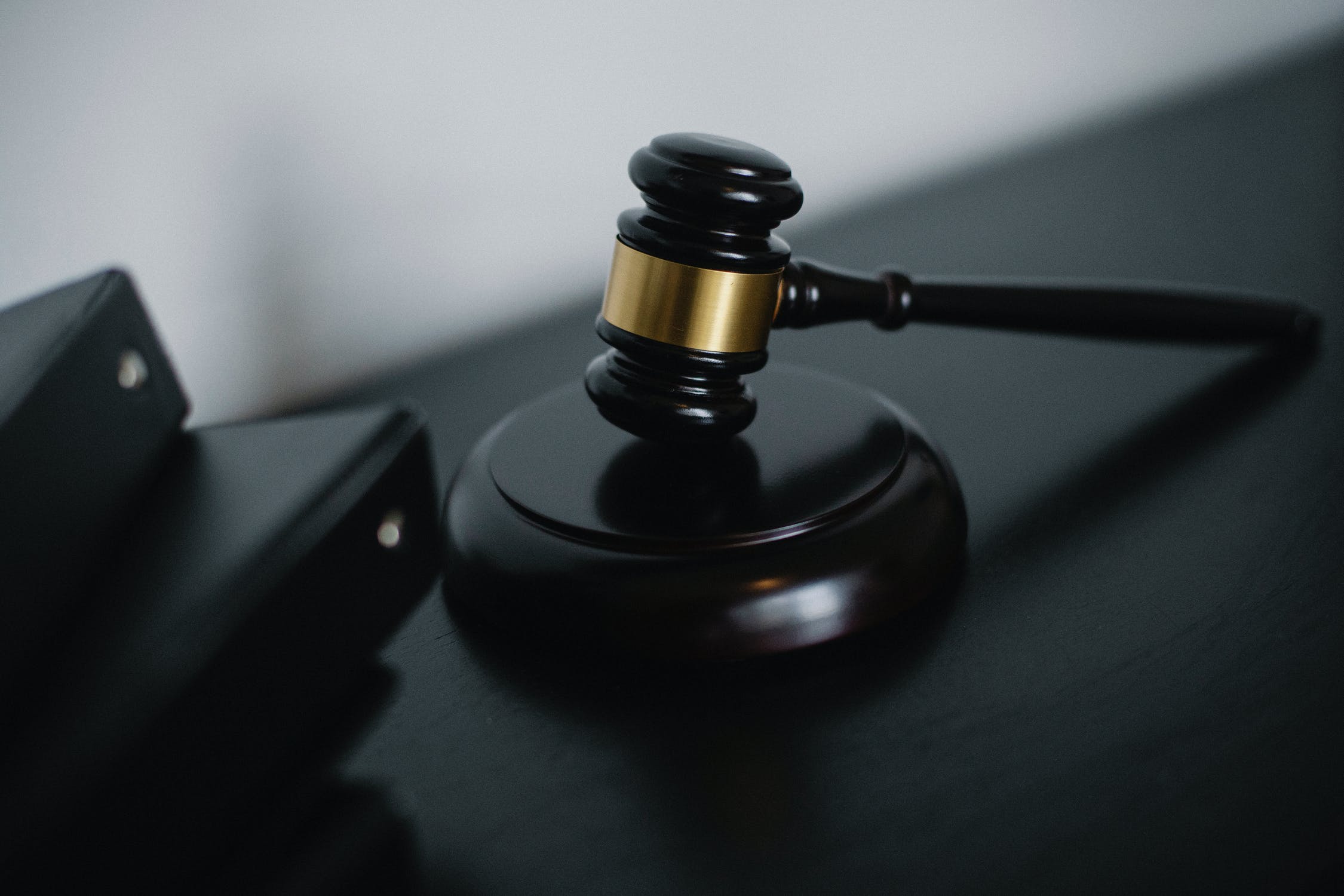
Many times, when people are injured in an accident through no fault of their own, they find themselves in depression when their medical expenses become difficult. This is because many people do not know what to do when they are injured or they don’t know enough about the laws in their particular state regarding what to do when they are injured. This article will address such people, letting them know what to do after an accident and what questions to ask so that they may secure all that is rightfully theirs.
What Do You Do After You Are Involved in an Accident?
Many types of accidents occur to people through no fault of their own, such as slip and fall incidents, traffic accidents, construction sites injuries, gas spills, and animal bites. After being involved in an accident, an injured person or person made ill may be able to file a personal injury lawsuit. It is important to know what the laws are regarding personal injuries in the particular state the injured party resides in. If a party is in California, The May Firm is one among many that offer legal services to help clients with their personal injury cases.
Questions to Ask in California About Personal Injury Cases
The first question injured parties may want answers to is how long they have to file a personal injury case in the State of California, which is two years from the date of the accident or injury. This is known as the statute of limitations and if the injured parties fail to meet this deadline, any chance of having a successful lawsuit may be gone, as well as the opportunity to be awarded damages. If the claim of injury is against any California government entity, such as state, county, or city, the injured parties must file the intent to sue within six months of the accident, incident, or injury.
More Questions to Ask in California About Personal Injury Cases
Another question that injured parties may want to ask is about the shared fault rule, known in California as the pure comparative negligence rule. This rule states that, if the defendant is able to prove that the plaintiff is partly at fault, the plaintiff might have any damages reduced by the percentage he or she is found at fault. For example, if the plaintiff is found to be 30 percent at fault, only 70 percent of the damages can be recovered. In some cases, the plaintiff may not receive any damages if he or she is found to be more than 50 percent at fault for the accident or injury.
Other Things to Remember
Some final things clients may want to keep in mind to help their legal counselor include keeping an accurate record of what happened to cause the accident or injury, providing pictures if there are any, and being sure to keep all medical appointments if any are necessary. Always be sure to discuss with the attorney anything that might be pertinent to the case or that might damage the case in some way. It would also help to be able to provide any witnesses to the accident or injury, if that is possible for the plaintiff or his or her representative to do.







